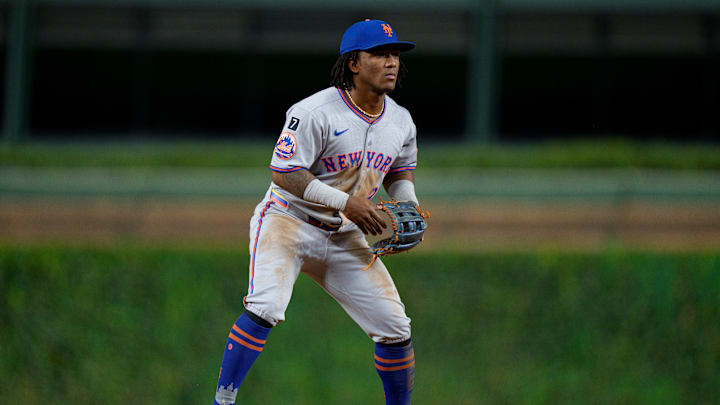With their 2025 season hanging precariously in the balance, the New York Mets entered their series finale against the Chicago Cubs on Thursday facing immense pressure. With only four games remaining on the schedule, the margin for error has evaporated entirely. Every decision, every substitution, and most importantly, every name on the lineup card carries monumental weight. For a team backed into a corner and fighting for its playoff life, the objective is simple: deploy the absolute best combination of players possible to secure a win.
Series finale. #LGM pic.twitter.com/VyqDnIy0MA
— New York Mets (@Mets) September 25, 2025
Yet, as the lineup for this critical matchup was released, a sense of confusion permeated the fanbase and analytical community. Facing a left-handed starting pitcher, the Mets' batting order seemed to prioritize traditional, yet flawed, matchup logic over quantifiable offensive production. In a do-or-die scenario, the lineup presented was not the optimal weapon required for the battle at hand, leaving some of the team’s most potent offensive forces on the bench when they were needed most.
Leaving production on the bench
The most glaring decision was the inclusion of Luisangel Acuña at second base over the veteran Jeff McNeil. The logic points to a simple righty-versus-lefty platoon advantage. However, this move ignores the vast disparity in offensive output between the two. Acuña, while a promising prospect, has yet to demonstrate the offensive consistency required in such a high-leverage spot. Under the bright lights of a late-season playoff push, relying on potential over proven performance is a significant gamble. McNeil, despite the lefty-lefty matchup, has been an offensive anchor, posting a weighted runs created plus (wRC+) of 110 for the season, indicating he is 10% more productive than the league-average hitter. In a game where every run is precious, sidelining a proven run-creator is a questionable choice.
The primary issue is that Acuña, for all his defensive talents, has been a mediocre hitter. This isn't a secret; the data is unequivocal. For the season, he has registered offensive production that is 33% less than the league average, as measured by his weighted runs created plus (wRC+). Placing a bat that significantly underperforms the league standard into the lineup of a contending team in a must-win game is a questionable decision, regardless of the pitcher's handedness. It creates an offensive liability where a reliable contributor usually stands.
Furthermore, the very justification for Acuña's inclusion—his supposed advantage against southpaws—falls apart under scrutiny. His production against left-handers this season has been nearly 30% worse than the league average, a figure that completely undermines the platoon argument. In contrast, Jeff McNeil, despite the lefty-lefty matchup, has posted a wRC+ of 110, making him 10% more productive than an average hitter. The choice was between a struggling hitter with a mythical advantage and a proven run-creator. The Mets chose the former.
This isn't to say Acuña lacks value. His elite defense and game-changing speed are significant assets that can win a ballgame. However, these tools are best deployed strategically as a late-game substitution—either as a defensive replacement to protect a lead or as a pinch-runner to represent the winning run. His skill set serves more as a specialized tool than a foundational piece of a starting nine. With the season on the line and the clock ticking, the Mets must prioritize scoring runs, and that begins with putting their best hitters on the field from the very first pitch.
